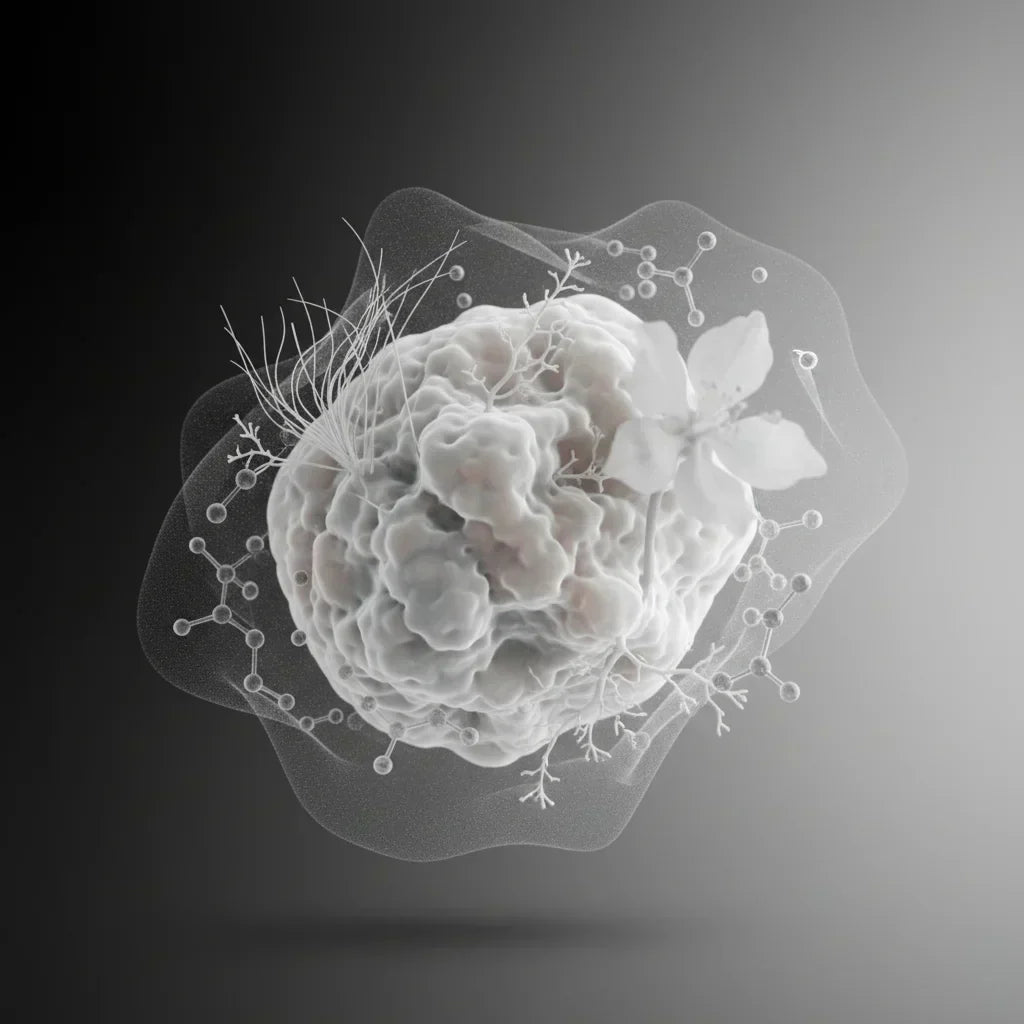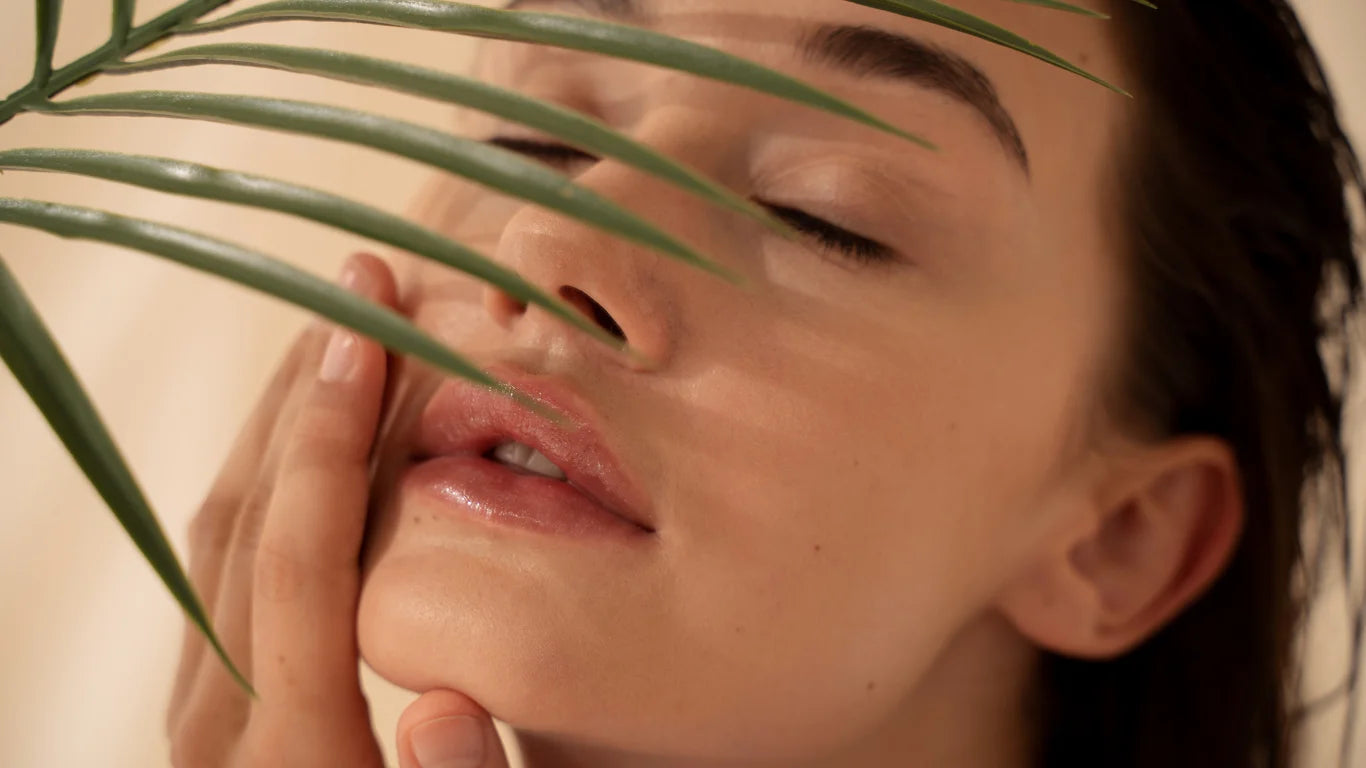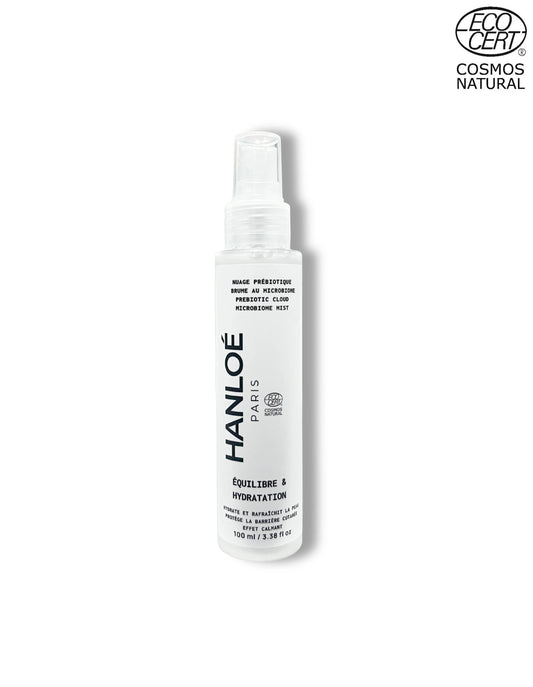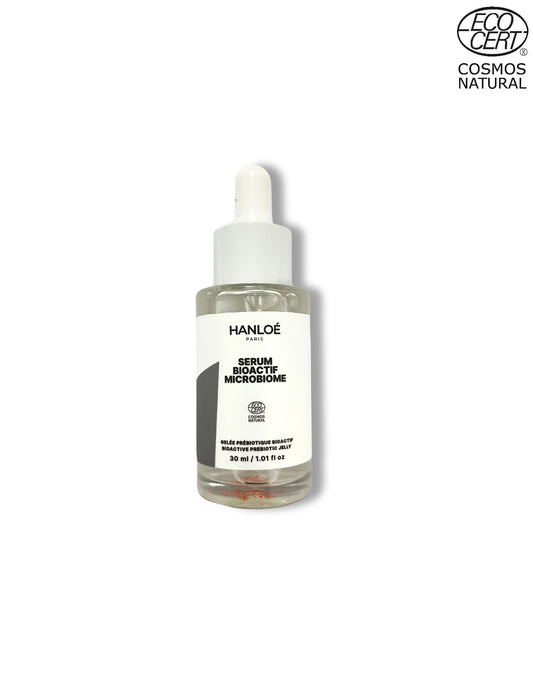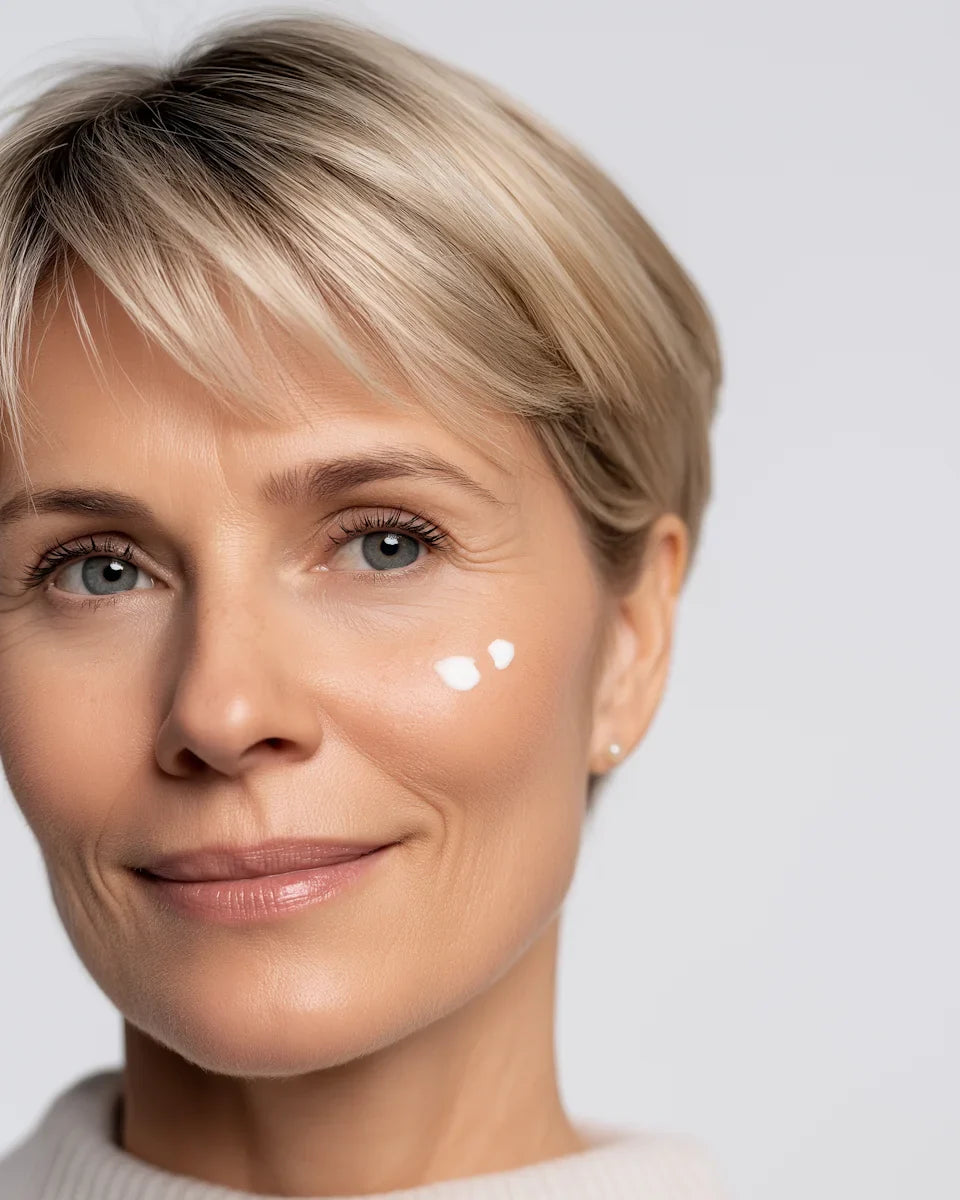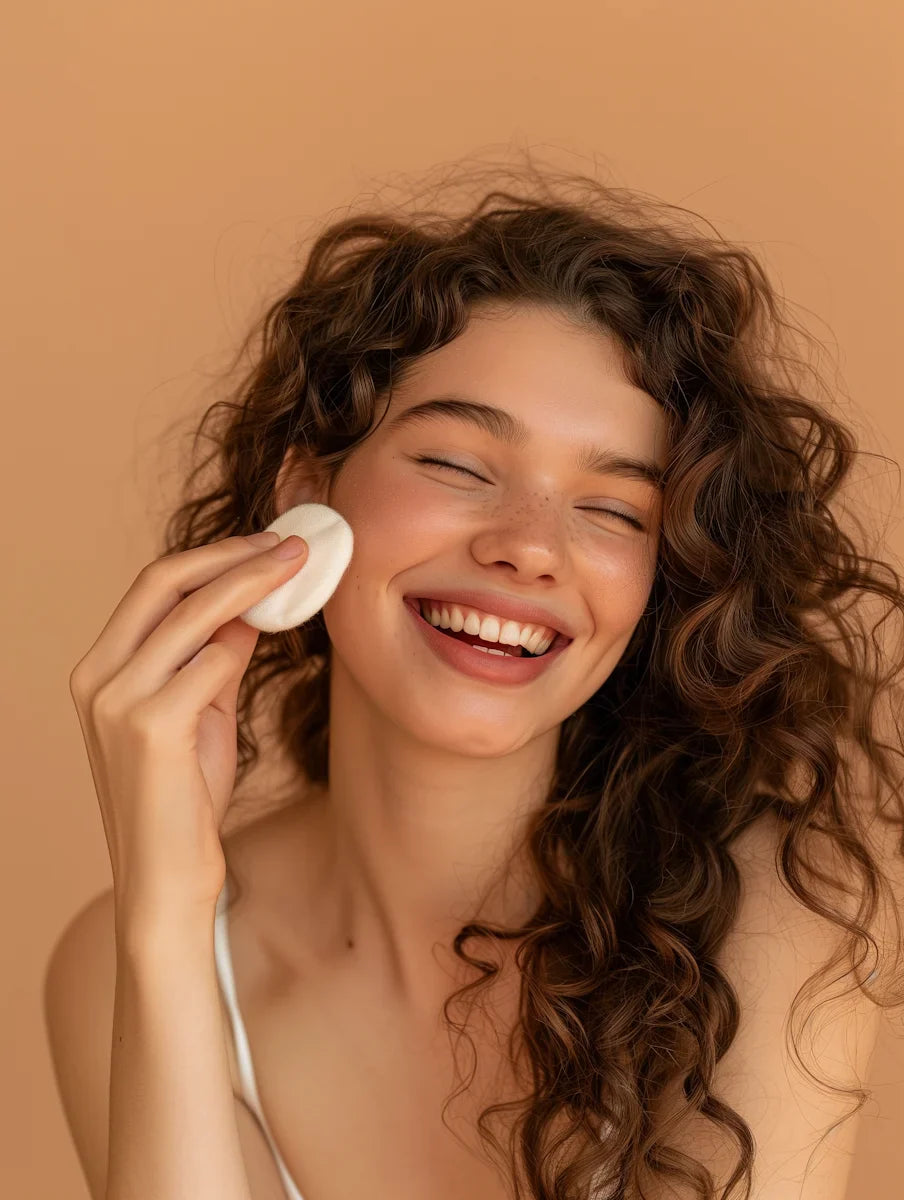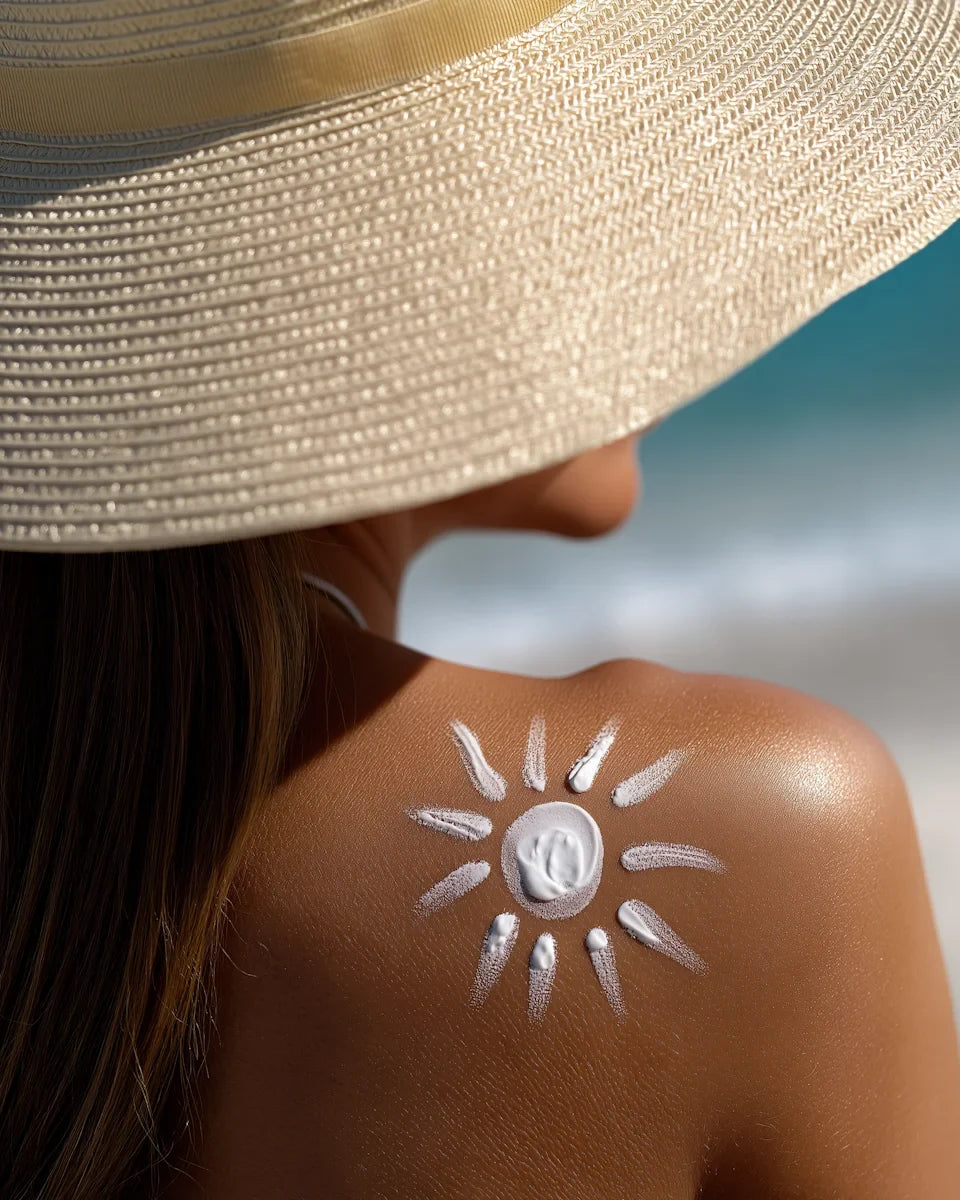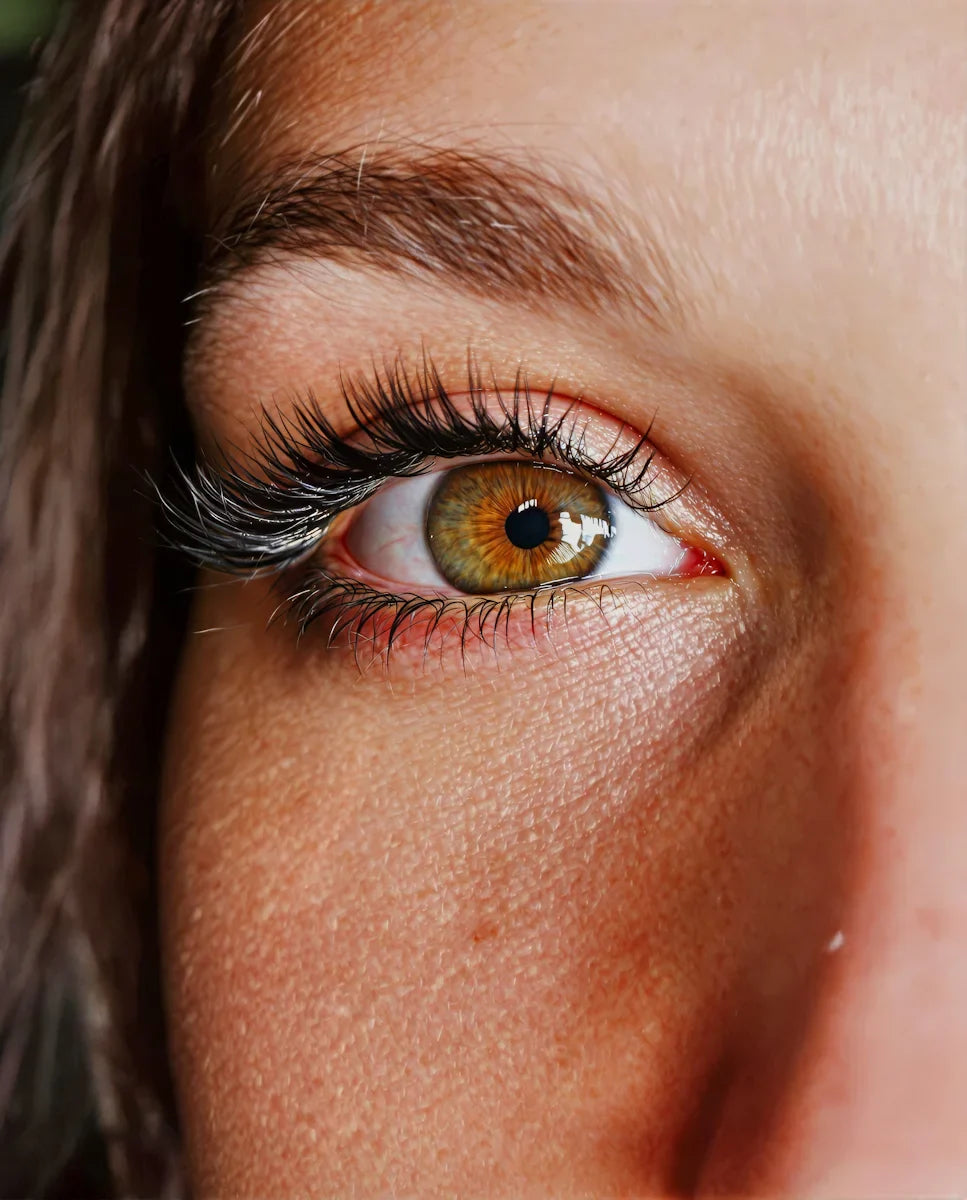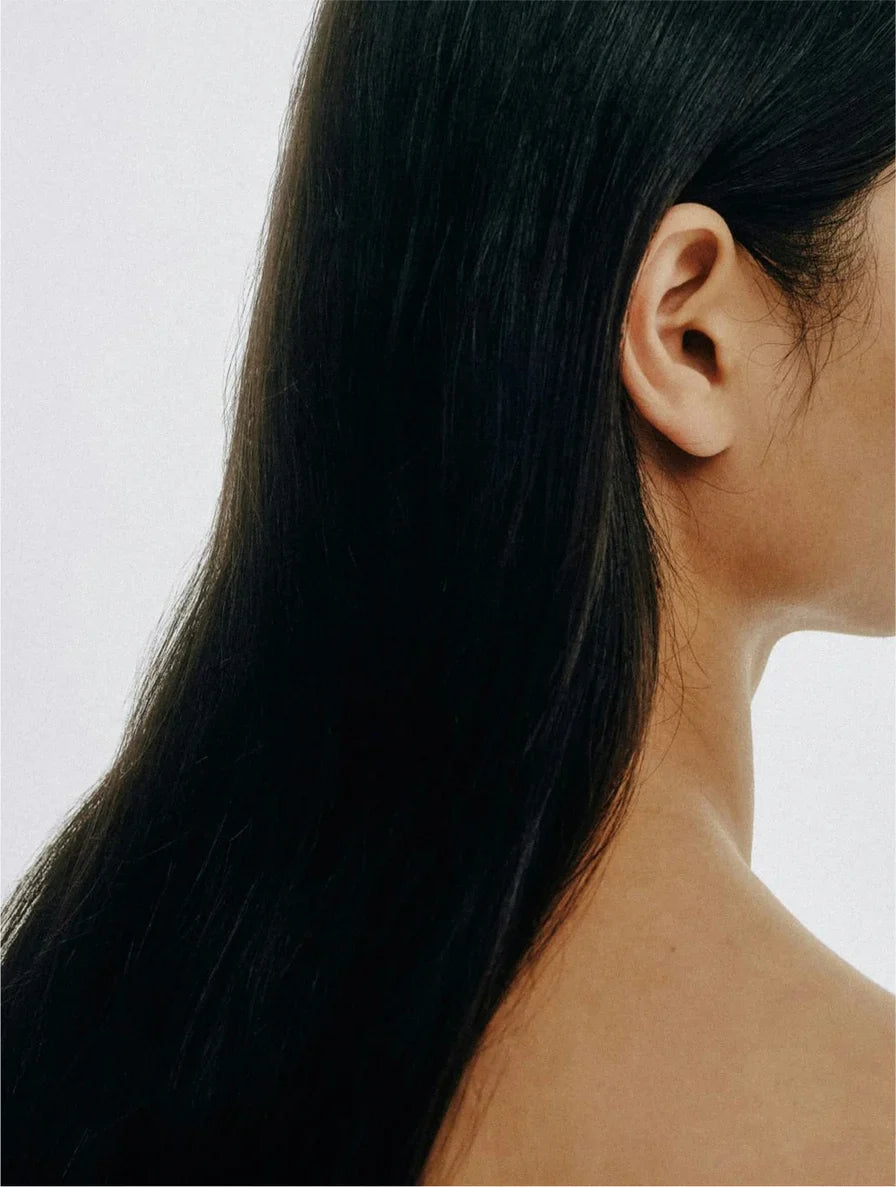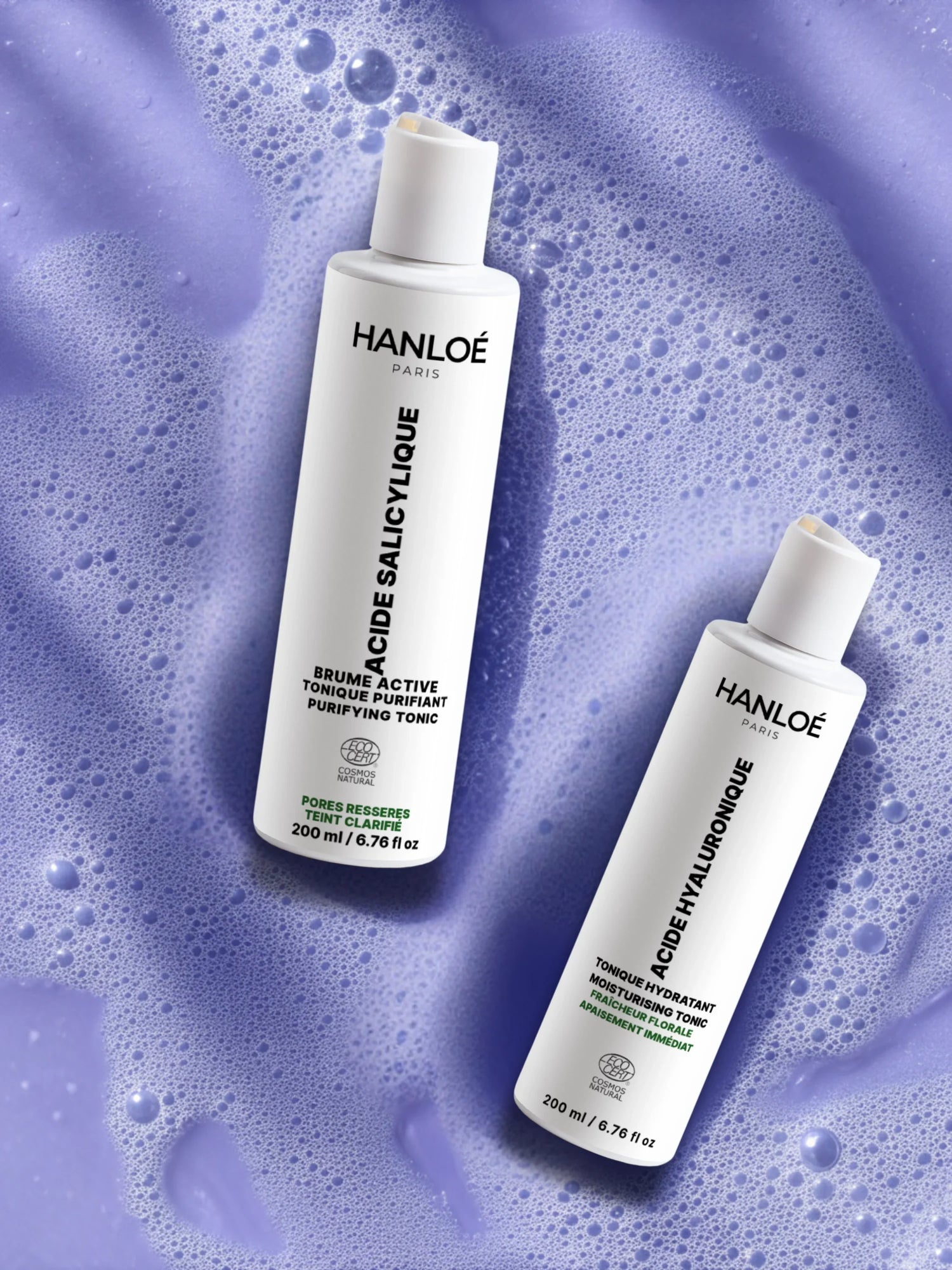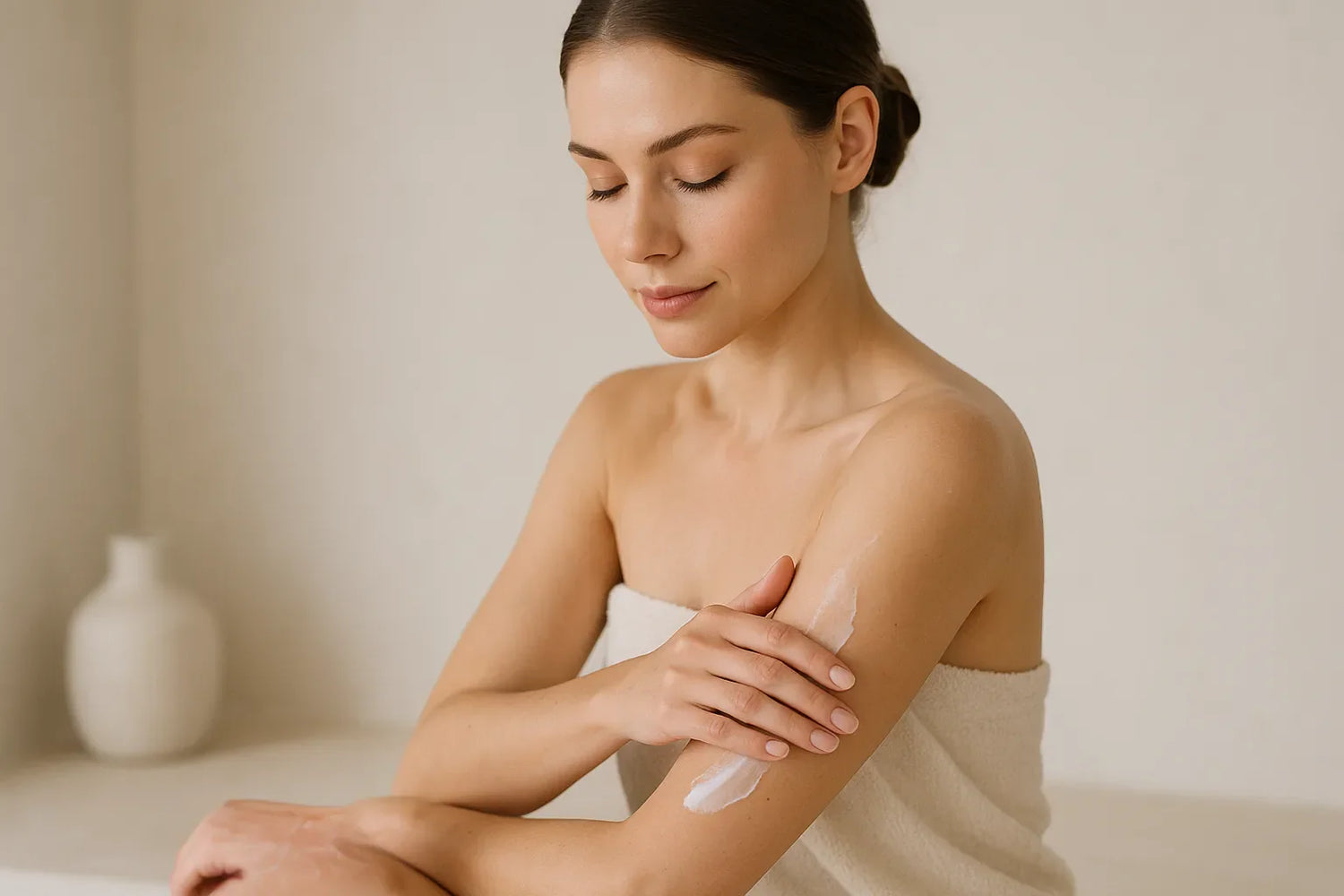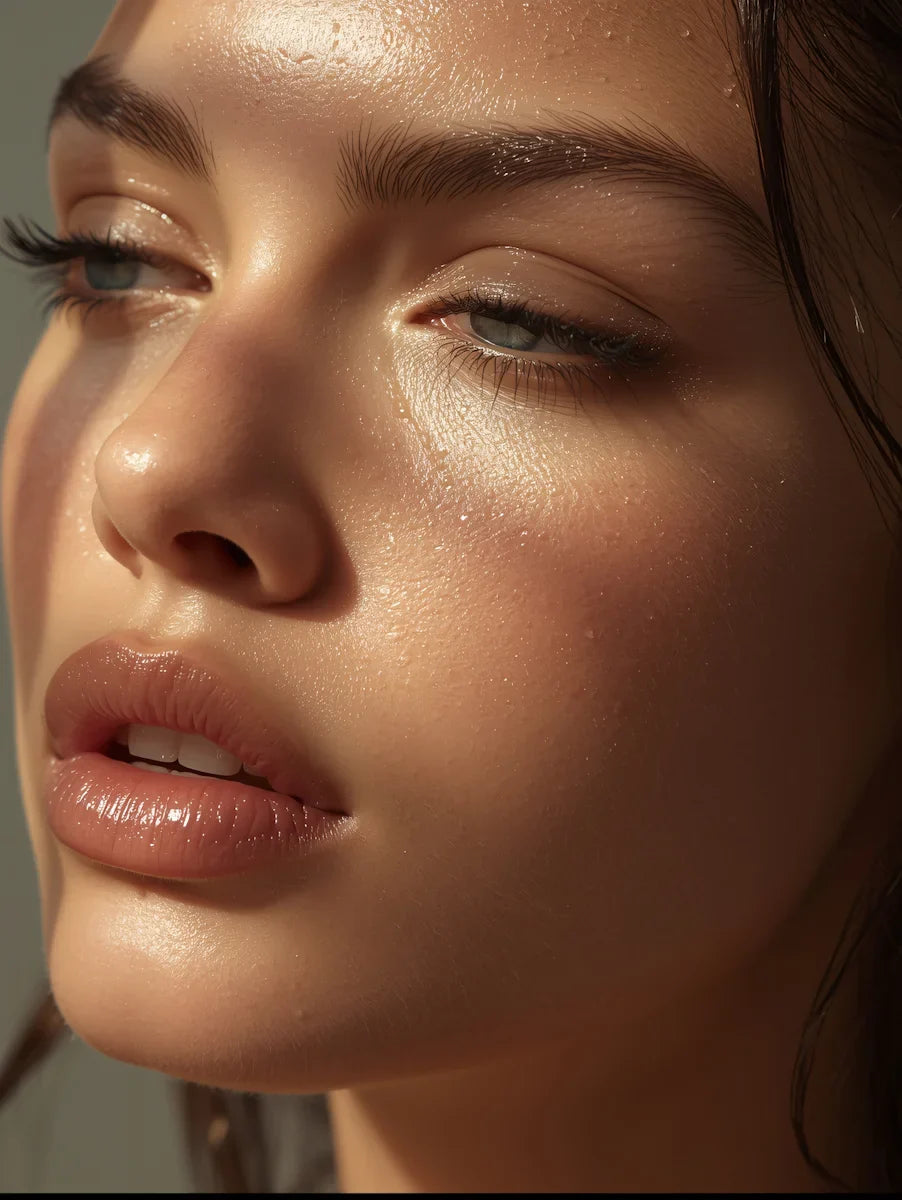Microbiome and natural prebiotics: your skin is home to a living ecosystem
“Your skin is home to a living ecosystem: the little-known role of natural prebiotics”
The skin microbiome continuously protects your skin. However, stress, pollution, UV rays, and aggressive cleaning can disrupt its balance. Beyond probiotics , natural prebiotics (inulin, oligosaccharides, willowherb extract) stand out for their daily stability and effectiveness in nourishing the good bacteria already present on the skin's surface.
Skin microbiome: an essential living ecosystem
Your skin isn't just a barrier. It's home to billions of microorganisms —bacteria, yeast, and microfungi—that make up the microbiome.
Key roles: defense against pathogens, maintenance of pH, limitation of inflammation, strengthening of the hydrolipidic barrier. Balanced microbiome = brighter, suppler and less reactive skin.
Prebiotics, probiotics, postbiotics: what are the differences?
| Term | Role | How does it work? |
|---|---|---|
| Prebiotics | Selectively feed good bacteria | Plant fibers and oligosaccharides (e.g. inulin , willowherb ) serving as substrate |
| Probiotics | Provide live microorganisms | Effective but more delicate to stabilize and preserve in cosmetics |
| Postbiotics | Beneficial molecules produced by bacteria | Acids, enzymes, peptides: soothe and strengthen the skin barrier |
Remember: in daily routine, natural prebiotics are stable, well tolerated and compatible with sensitive skin.

Discover our prebiotic treatments HERE
Focus: plant-based prebiotics
Inulin (chicory root, agave)
Inulin is a prebiotic plant sugar. It nourishes beneficial bacteria, promotes hydration , and helps reduce sensitivity. Ideal for maintaining a balanced skin microbiome every day.
Plant oligosaccharides
Oligosaccharides from plant sources (fruits, grains, beets) are selective: they preferentially support friendly bacteria. The result: softer skin, a stronger barrier, and less irritation.
Fireweed extract (Epilobium fleischeri)
Willowherb combines prebiotic action and soothing / sebum-regulating properties. It helps reduce imperfections while respecting the skin flora - an ally for combination, sensitive or redness-prone skin.
Why plant-based? Traceability, biodegradability, and excellent tolerance. These active ingredients respect the skin's ecosystem and integrate perfectly into high-end natural cosmetics.
Our formulation approach: nourishing the skin's natural life
Our treatments favor active ingredients that support the microbiome without disrupting it: inulin , oligosaccharides , willowherb extract, but also biomimetic emollients and gentle moisturizers.
| Natural ingredient | Microbiome benefit |
|---|---|
| Vegetable inulin | Nourishes good bacteria, improves hydration |
| Oligosaccharides | Strengthen the skin barrier, reduce irritability |
| Willowherb extract | Soothes, regulates sebum without attacking the flora |
| Jojoba & Argan Oils | Sebum biomimetics: comfort and hydrolipidic balance |
| Hyaluronic acid & aloe vera | Progressive hydration without disrupting the ecosystem |
The visible benefits of a balanced microbiome
- Less redness, tightness and inflammation
- More supple, more resilient, more luminous skin
- Immediate comfort and lasting results, without rebound effect
FAQ — Microbiome, prebiotics & natural cosmetics
What is the skin microbiome and why is it essential?
The skin microbiome is the collection of microorganisms living on the skin's surface. It protects against pathogens, regulates inflammation, maintains pH, and strengthens the skin barrier. When unbalanced, it leads to redness, blemishes, and dryness.
What is the difference between prebiotics, probiotics and postbiotics?
Prebiotics : feed the good bacteria already present.
Probiotics : provide live microorganisms, more complex to stabilize in cosmetics.
Postbiotics : beneficial molecules (acids, enzymes, peptides) produced by these bacteria.
Why favor natural prebiotics in cosmetics?
Stable, well tolerated and compatible with sensitive skin , natural prebiotics selectively support friendly bacteria and help strengthen the skin barrier.
What are the best plant-based prebiotics for skin?
- Inulin (chicory, agave): hydrates and nourishes beneficial bacteria.
- Oligosaccharides : strengthen the skin barrier.
- Willowherb : soothing and sebum-regulating prebiotic, ideal for combination/sensitive skin.
Do your treatments contain prebiotic active ingredients?
Yes: vegetable inulin , oligosaccharides , willowherb extract, combined with biomimetic oils (jojoba, argan) and gentle moisturizers (hyaluronic acid, aloe vera).
Is a prebiotic routine suitable for sensitive or reactive skin?
Absolutely. Prebiotic skincare supports natural defenses, limits irritation, and improves skin tolerance, especially when the skin has been weakened by UV rays, stress, or harsh cleansers.

